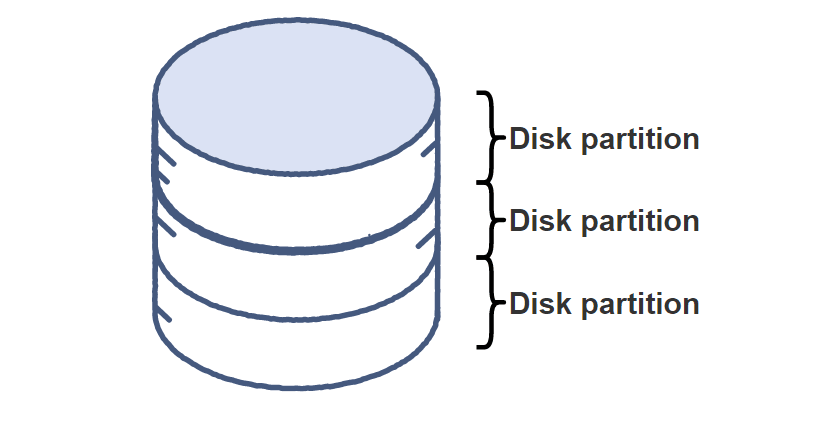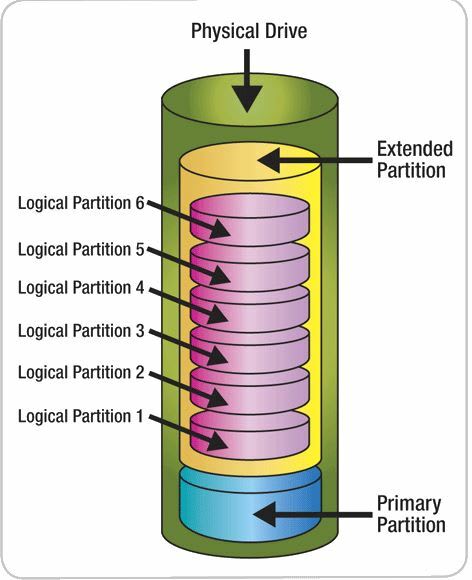This content originally appeared on DEV Community and was authored by sravya288
What is disk partitioning? Disk partitioning is the process of splitting a disk into one or more regions called partitions. A partition table is located in the first sector of a disk and stores information about the size and location of created partitions. In other words, disk partitioning allows for the splitting of one physical drive into smaller, logical drives called volumes. To an operating system, these drives are completely separate, so you can carry out operations on one volume without affecting the others.

Why partition a disk?
Most users won’t ever encounter the need to partition disks, but disk partitioning can be useful in some cases.
1.A new hard drive is practically unusable unless it is partitioned to save data.
2.Partitions can be used to organize data according to their type. For instance, you can have one partition that stores all your documents and another that stores all your music files.
3.Windows can easily be reinstalled without affecting the installed programs since the boot files are safely stored in the system partition. The system partition is kept separate from the rest of the partitions that store installed applications.

4.If you want to back up a certain subset of data, the partition it is stored in can be backed up rather than the whole physical drive.
5.Partitions make data recovery convenient and efficient.
This content originally appeared on DEV Community and was authored by sravya288
sravya288 | Sciencx (2021-04-25T06:27:01+00:00) DISK PARTITIONING. Retrieved from https://www.scien.cx/2021/04/25/disk-partitioning/
Please log in to upload a file.
There are no updates yet.
Click the Upload button above to add an update.
